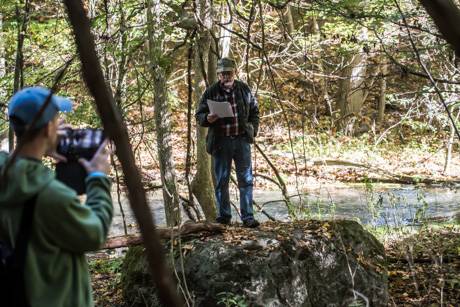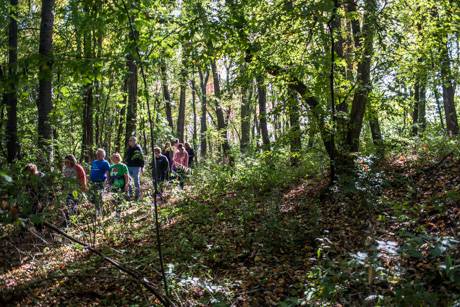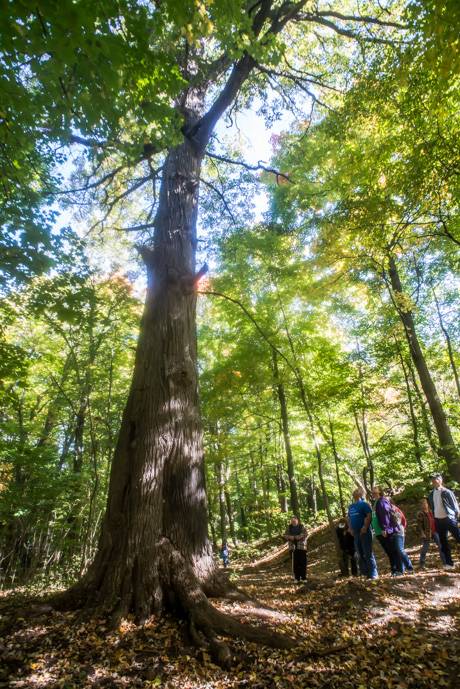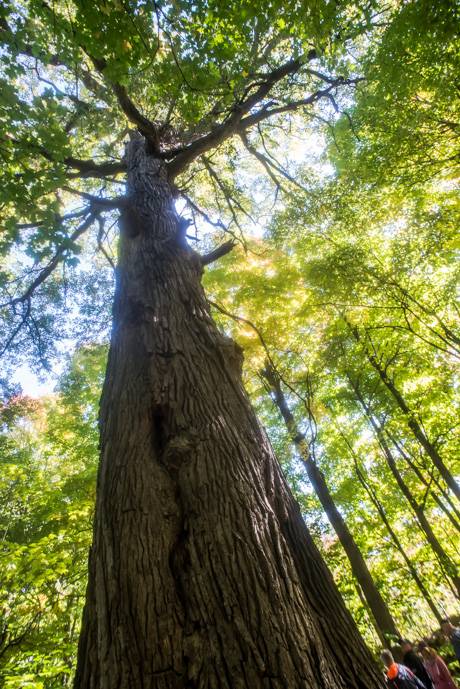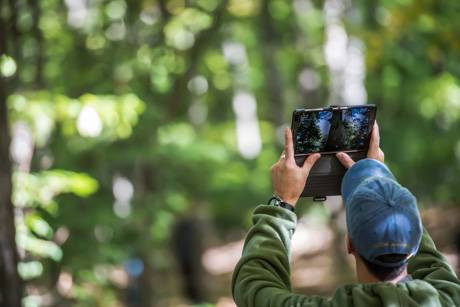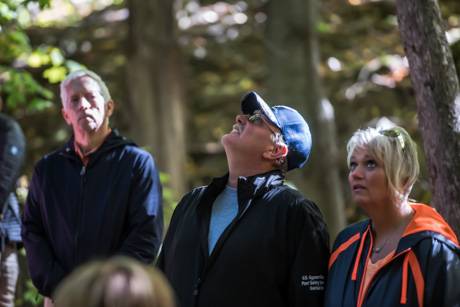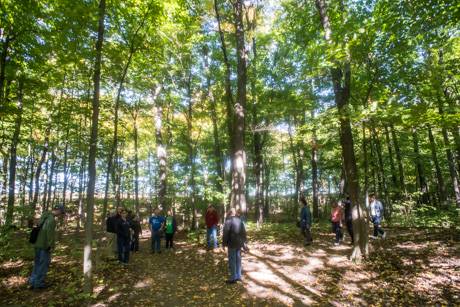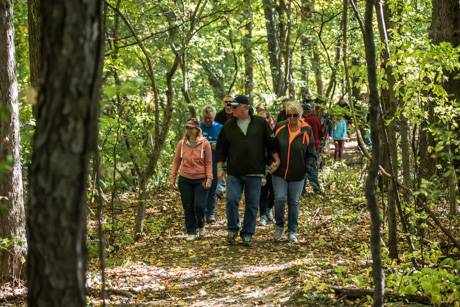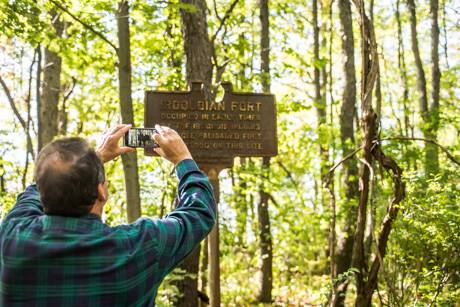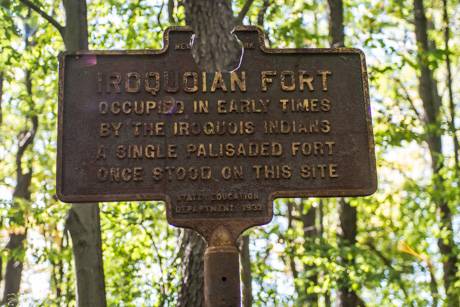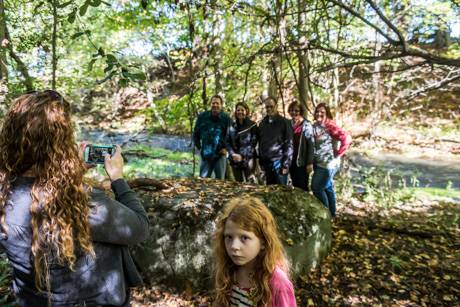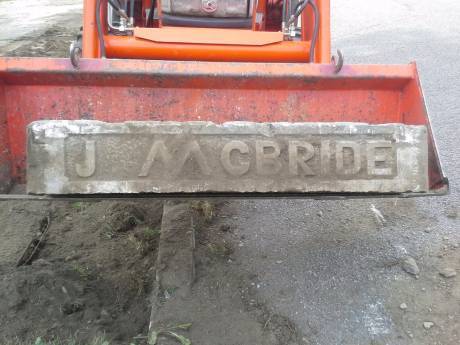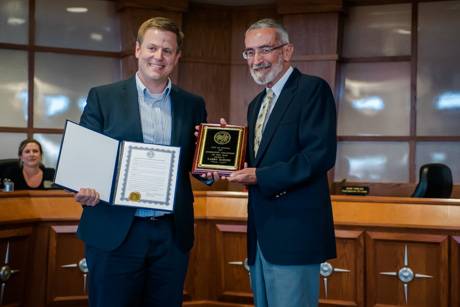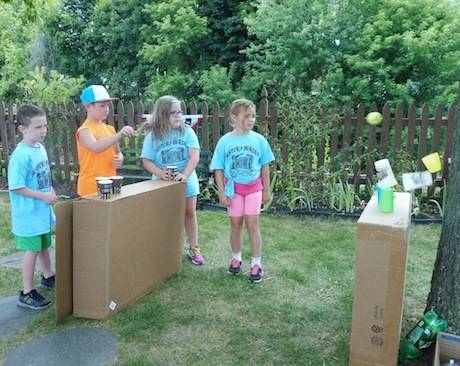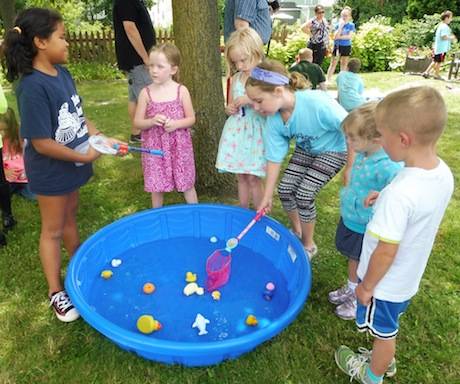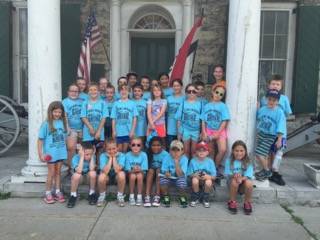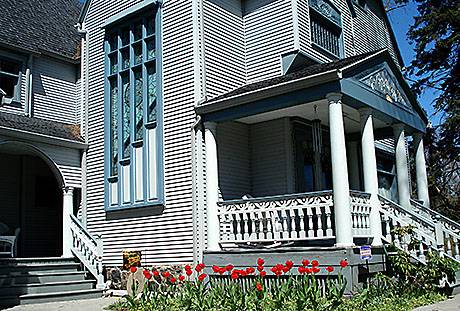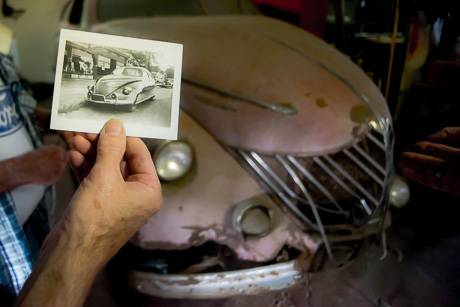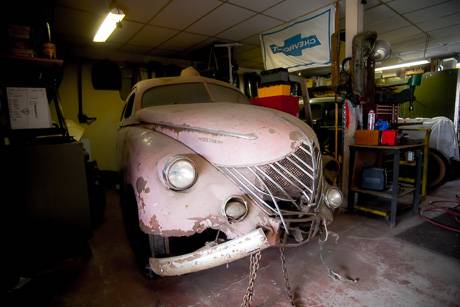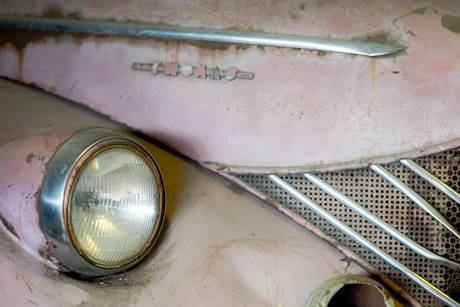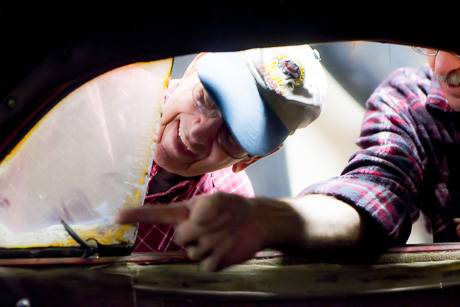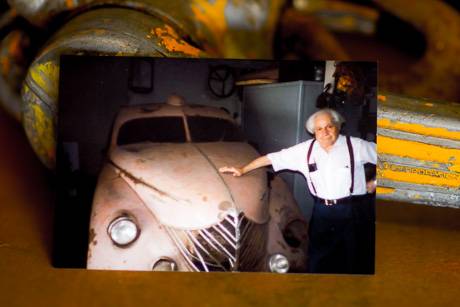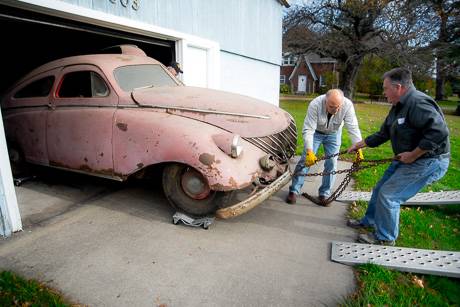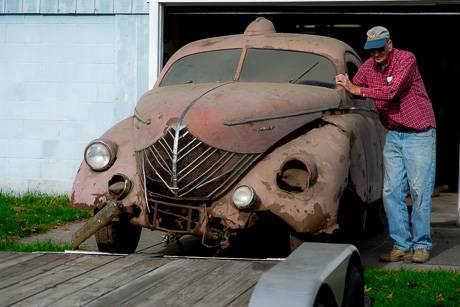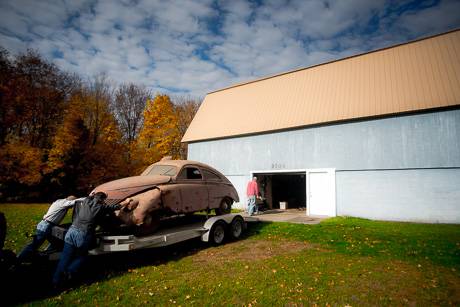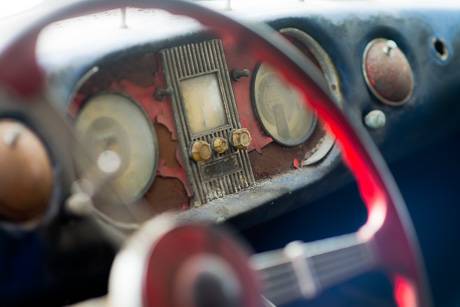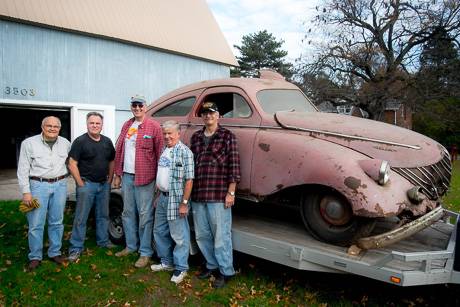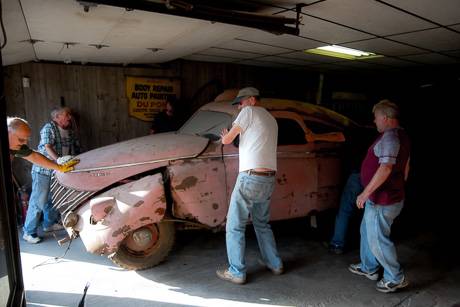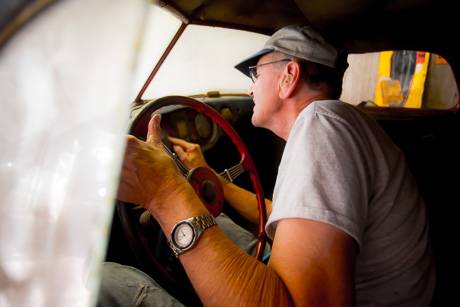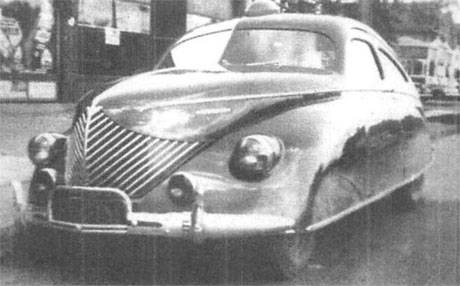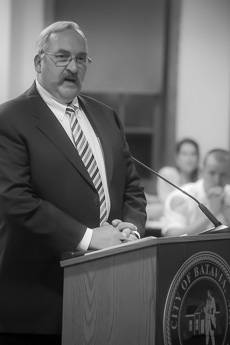Relevant history of American life is abound in Genesee County, NY. The county is home to 12 historical museums, which are excellent ways to understand how people in these towns lived many years ago.
You don’t have to travel to The Smithsonian in Washington, D.C., to have an experience with American history. We recently visited all of the Genesee County historical locations with the hope of shedding a little light on the history and relevance of each town. See history come alive by visiting these places!
The museum itself is a neat place as it was originally an one-room schoolhouse. When you walk into the museum, you can see the big windows and high ceilings and wonder about the children and the education that went on in the building. Through the artifacts you will discover that Alabama used to have three gun manufacturers in its small town. There was a prominent citizen named Dr. Grant Neal, whose buggy is displayed at the museum. Part of the original Bason post office is also on display. Some people might find the museum’s vintage posters of “horse auctions” and old-time carnivals as interesting historical markers and how life was way back then. One small item that is still relevant today is a Christmas party invitation harking back to 1856 in regards to some soiree in Alabama. Gladly open by appointment only. Feel free to call (585) 948-9287.
(Alabama Museum was once a one-room schoolhouse.)
(Artifacts from days gone by.)
(Dr. Grant Neal’s buggy is on display at the Alabama Museum.)
Alexander Museum, 3350 Church St., Alexander, NY (585) 591-1204
Up on the third story of Alexander’s Town Hall (United States’ only three-story cobblestone town hall) sits the Alexander Museum. The building alone is worth the trip and makes for interesting photographs – bring your camera. A few items on display that are relevant in today’s world, include an old phone, record players and typewriter – which are all now part of our cell phones. Children these days would be baffled in the ways we use to communicate. In a section dedicated to tools, it’s interesting to look at the objects and try to guess their usage. The museum’s large open space is filled with their wide-ranging collection. From farmer’s tools to old record players, there’s a lot to absorb here. Please call to schedule a visit.
(Alexander Museum is located in Alexander’s unique town hall.)
(Alexander Museum is open by appointment only.)
(Remembering those who served from Alexander.)
Bergen Museum, 7547 S. Lake Road, Bergen, NY (585) 494-0080
The Bergen Museum is a truly unique place. The museum resides in the former 1880 Hartford Hotels Livery Stables in downtown Bergen. It has been converted into a cozy, and well-done museum. Inside the old barn, there are a handful of interesting, life-size tableaus depicting, a blacksmith shop, a general store, school classroom and more. The goal of the exhibits are to have the artifacts tell the story. You really get an excellent sense of what it was like to shop at a store, studying in school or visit the local pharmacy. A local military exhibit includes war time posters, which capture people’s imaginations. The nicely crafted tableaux were created by museum’s volunteers. Open every Sunday 1 to 4 p.m.
(The Bergen Museum is inside a converted horse stable.)
(Display of a blacksmith shop at Bergen Museum.)
(See what a General Store looked like at Bergen Museum.)
Byron Museum, 6407 Townline Road, Byron, NY Phone: (585) 548-9008
A cool surprise is that this museum is located in an old church that is right next to an old cemetery. The sanctuary of the former German Lutheran church is packed with countless items, including a lot of clothing and textiles. People who love fashion or clothes will enjoy looking at what people were wearing a hundred years ago. South Byron High School is well-represented with photographs and yearbooks. Behind the church, there is a large annex dedicated to items typical of a farming community. There are even a few local business and community signs spread throughout. The collection is pretty deep. Open Sundays 2 to 4 p.m. Memorial Day through Labor Day. Other hours are gladly accepted with appointment.
(Byron Museum is located inside a former church.)
(The sanctuary of the church is filled with historical items.)
(At the Byron Museum, there is a large area dedicated to antique tools and equipment.)
(More after the jump. Click on Read More below.)
Elba Museum, Maple Avenue Extension, Elba, NY (585) 757-9094
The Elba Museum has an impressive collection distributed through three buildings, including a museum building, an original 1842 house and a reconstructed barn. The museum building is filled with all things Elba. An exhibit dedicated to the local high school, that included a cheerleader uniform was a nice touch. Walk next door to the original 1842 house. The house is well presented and gives you a glimpse of life was like without cell phones, microwaves and other modern conveniences. You can clearly see how life used to be lived. Make your way to the barn and see how hard work was performed 150 years ago. The building is filled with all sorts of fascinating objects and equipment. Open Sundays 2 to 4 p.m. from Memorial Day to Labor Day.
(Elba Museum contains three buildings.)
(Inside the 1842 country house at Elba Museum.)
(Display dedicated to Elba schools.)
Jell-O Gallery and Historic LeRoy House, 23 E. Main St., LeRoy, NY 14482
The LeRoy Historical Society plays host at two separate museums on the same property in the Village of LeRoy. The Jell-O Gallery and Historic LeRoy House are separated by a small garden the the “Jell-O Brick Road.”
At the Jell-O Gallery, discover the intriguing story of America’s Most Famous Desert that was created in LeRoy in 1897. The museum is dedicated to how Jell-O grew as a brand and played a prominent role in daily American life. There are many examples how Jell-O used innovative marketing and merchandising methods to promote their product. The gallery has a neat gift shop, too!
In the basement of the Jell-O Gallery is a small transportation museum, harking back to the days when people traveled via buggy or sled. It’s a small, but nice collection that allows you to trace the evolution of modern transportation.
Over 100 years of local history is preserved in the Historic Leroy House, which was built in 1822 as a home for Jacob Leroy, a successful land agent. The museum has three floors open to the public and is filled with unique items from yesteryear. Prominent attractions include an exhibit about Leroy’s Ingram University, which was founded in 1837 and was the first university to grant women a four-year degree, and an exhibit about agricultural pioneer Calvin Keeney. The house’s kitchen reminds visitors of how food was prepared and served a century ago.
(Jell-O Gallery and Historic LeRoy House both are located on the same property.)
(The Jell-O Gallery traces the history of how the product became “America’s Famous Dessert.”)
(Jell-O used many different and innovative marketing techniques to successfully promote the product.)
(Historic LeRoy House was built in 1822.)
(Objects from the past 200 years fill the Historic LeRoy House.)
(House museums are a fun way to compare our past with today’s modern conveniences.)
Holland Land Office Museum, 131 W. Main St., Batavia, NY (585) 343-4727
Located in a stone building built in 1810, the Holland Land Office Museum offers thousands of artifacts pertaining to the history of Western New York. Batavia is known as the “birthplace of Western New York” because out of the Holland Land Office came the sales and disbursement of over 3.3 million acres of land. One of the items on display in the museum is the Medal of Honor received by Batavian Charles F. Rand, who was the first soldier in the nation to volunteer for the Civil War. A dark piece of history, the museum houses an original gibbet that was used to perform hangings, the last being 1881. The Holland Land Office Museum host many educational and social events throughout the year. The museum is also located right next to the Batavia International Peace Garden.
(Holland Land Office Museum is inside a stone building constructed in 1810 by Joseph Ellicott.)
(Holland Land Office Museum houses thousands of historical items pertaining to Western New York.)
(Holland Land Office Museum offers a variety of special exhibitions, education events and social gatherings.)
Oakfield Historical Museum, 7 Maple Ave., Oakfield, NY (585) 948-5901
In the Village of Oakfield is a two-story house museum has some really interest facets. It does a very good job educating visitors on the importance of gypsum mining in Oakfield. Numerous photographs and mining equipment tell the story of an industry that was important to the town. Another prevalent theme is the Native American influence on the town. A very nice collection of arrowheads (gathered from the local area) that is worth the trip alone. A unique aspect of the Oakfield Historical Museum is that they publish their own books on local history, which are available for purchase. Open Sundays 1 to 3 p.m.. Closed January and February and major holidays.
(Oakfield Historical Museum is located right downtown in Oakfield.)
(Reminders of Oakfield’s mining past.)
(A very interesting collection of arrowheads are displayed in one of the rooms.)
Pembroke Museum, 1145 Main Road, Corfu, NY (585) 599-4892, ext. 9
This small museum is located inside the Town of Pembroke Town Offices on Route 5. On a recent visit, items from the town’s former post offices were on display – reminding us how we used to send messages and communications. One section is dedicated to the local fire department, where you learn they used to throw “glass water grenades” to fight fires over a century ago. Civil War buffs will enjoy looking at a soldier’s hat and bullets. Pembroke’s military history is also proudly on display.. The Pembroke Museum is open by appointment only. Give them a call to schedule a visit.
(The museum is located inside the Town of Pembroke Town Hall.)
(Pembroke Museum is open by appointment only.)
(Section dedicated to Pembroke residents who served in the military.)
Stafford Museum of History, 8903 Route 237, Stafford, NY (585) 343-1928
The Stafford Museum of History was built in 2004 and is attached to the Town of Stafford Town Hall. The museum in one large room in which artifacts are well presented in nice display cabinets and information panels. This museum doesn’t try to show you everything, just some great representations of early settlement life in Western New York. The Morganville Pottery collection is popular with visitors. In the nearby hamlet of Morganville, a type of pottery was made that included a distinct reddish hue (from the local excavated clay). On your way out of the museum, check out their small gift shop area. Open every Sunday from 2 to 4 p.m. Individual visits can be arranged by calling the museum.
(Stafford Museum of History is attached to the Town of Stafford Town Hall.)
(Stafford Museum of History has wonderful displays.)
(Morganville Pottery made in the nearby hamlet of Morganville.)
Tonawanda Indian Reservation Historical Society, 372 Bloomingdale Road, Akron, NY (585) 542-2481
The history of the Tonawanda Band of Seneca Indians is celebrated throughout the hallways of the Tonawanda Indian Community House. There is no designated space of a museum, as the historical items are displayed throughout the building. The community house is open every day, so there’s ample opportunity to visit this location and learn. There are numerous large-scale photographs and illustrations throughout the building that displays the history and heritage of the Tonawanda Indian Reservation. Some of the lithographs tell the story about the tribe and the history of the Seven Nations. A piece off high reverance -- a chief’s headdress – is definitely a highlight on the second floor. The historical artifacts can be viewed during normal business hours 8 a.m. to 5 p.m. daily.
(The collection of the Tonawanda Indian Reservation Historical Society is located inside the Tonawanda Indian Community House.)
(Inside the two-story Tonawanda Indian Community House.)
(Great photography and artwork tell the Tonawanda Band’s story.)
